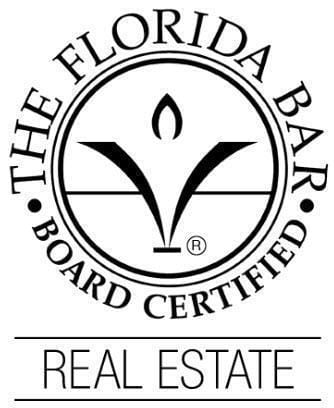When you purchase commercial real estate as a rental property, you invest in a different type of landlord and tenant relationship.
You need to put as much effort into drafting a strong lease agreement as you do in finding the perfect property.
Types of commercial leases
First, consider the type of lease you prefer. Some types to consider include:
- A full-service lease that includes monthly rent and utilities
- A flat-rate monthly or annual lease
- A net lease that requires a portion of maintenance, taxes and insurance
You can invent your own type of commercial lease based on what works best for you and your tenant. You can even amend the lease if you have the tenant’s agreement.
What to include
Some elements to include in the lease include:
- Identities of everyone involved, including a guarantor
- Any limitations you intend to place on remodeling or making structural changes
- The property’s description, including its intended use
- Explanation of the rental payment plan
- The length of the lease agreement, also known as the term of the tenancy
- The required security deposit
- Any terms specific to the property
- A description of landlord and tenant duties, including who will perform maintenance
You can also stipulate how the tenant can and cannot use the property. For example, you can limit it to commercial use only with no residential space.
Because a commercial lease is vital to the landlord and tenant relationship, you should not rush through it. Consider allowing a professional to read your final draft before signing.




